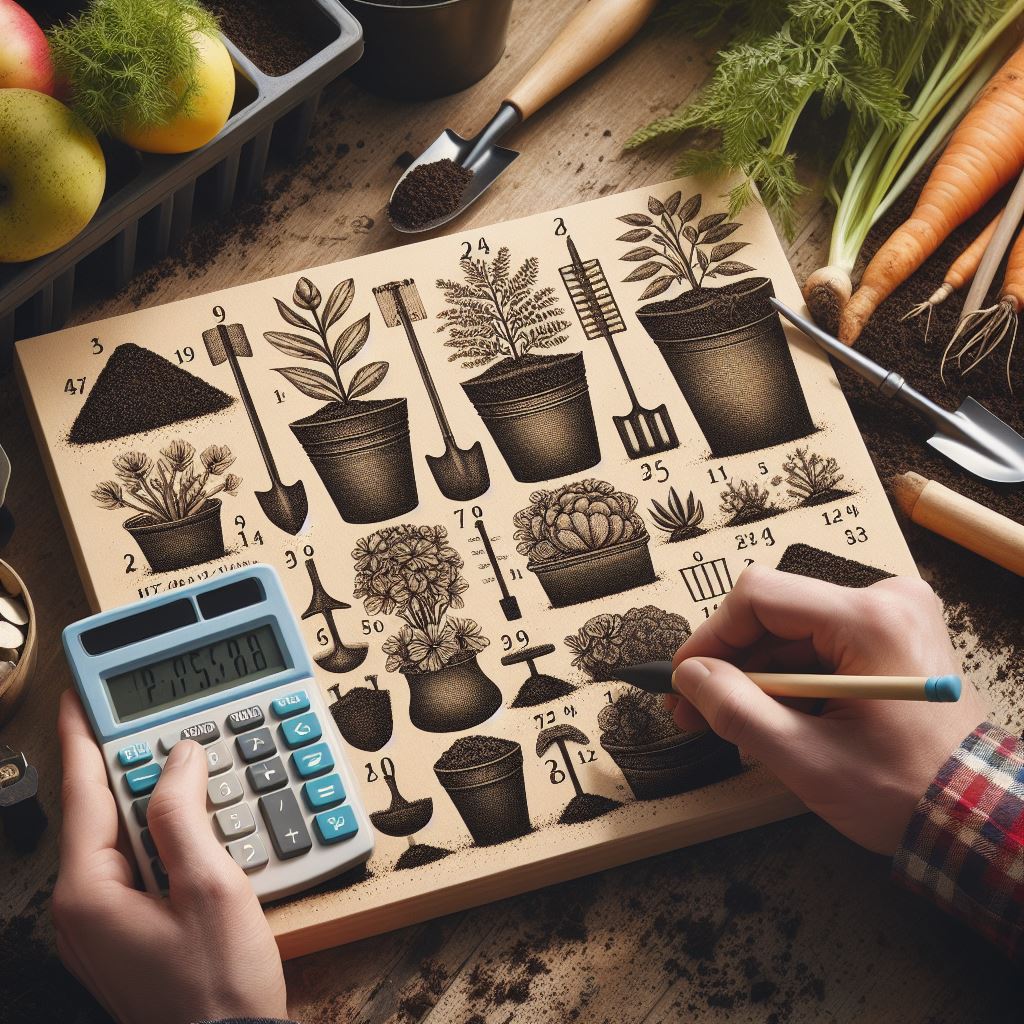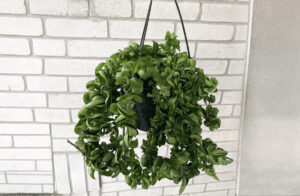
Many people believe you need acres of land to grow enough food for your own needs. However, with smart planning and optimization of space, self-sufficiency can be achieved on a small backyard garden.
Key Takeaways:
- Maximize Space: Use succession planting and crop diversity to get the most out of a small area.
- Economic Benefits: Homegrown food can be significantly more valuable than store-bought produce.
- Compost Production: Homemade compost reduces the need for purchased fertilizers and adds to the overall yield.
- Low Maintenance: Minimal initial investment and regular maintenance ensure long-term self-sufficiency.
Through successive planting, crop diversity, and compost production, this creator harvested an impressive 586 kilograms of vegetables from a plot half the size of a standard allotment.
In this article
Maximizing Yields in a Small Space
Achieving self-sufficiency in a small garden requires strategic planning and efficient use of space. By closely spacing plants and layering crops that grow at different times, you can maximize the yield from a small area. Successive planting ensures the garden remains productive throughout the season, and a diverse range of vegetables ensures nutritional needs are met. With careful planning, a small garden of just 50 square meters can provide around 1 kilogram of vegetables per day for two people, equivalent to 5-6 servings.
The Economic Value of Homegrown Food

When the harvest was priced according to standard supermarket rates, its total value came to an estimated £2,955. That’s over £60 worth of fresh, organic produce generated per square meter of growing space. With inflation and supply chain issues impacting grocery bills, the financial benefits of self-sufficiency will only increase over time.
Homemade Compost as a yield in itself
In addition to edible crops, the garden supplied the gardener with compost produced from on-site plant materials. Valued conservatively at £10 per bag, the compost yielded from one season further boosted the profitability of the system. By recycling nutrients within the plot, compost eliminated the need for purchased fertilizers, keeping costs low year after year.

Soil Calculator
Calculate the amount of soil needed for your raised garden bed, potting container, or garden container with this handy soil calculator.
Maintaining an Economical Garden Long-Term
Some initial investment was required to prepare the soil and install irrigation. However, with many supplies found cheaply or for free, the total setup costs came to just £210 – recouped many times over by the value of the first year’s harvest alone. With infrastructure now in place, subsequent years saw even lower costs as no new purchases were needed. Skilled maintenance requires only a few hours weekly, making self-sufficiency eminently achievable even for the busiest of schedules.
MYTH BUSTED: The True Carbon Cost of Food: Are Home Gardens Really Worse?
Techniques for maximizing space in small gardens
Here are some innovative techniques for maximizing space in small gardens:
- Vertical Gardening: Vertical gardening involves growing plants upwards using trellises, wall-mounted containers, and hanging planters. This allows you to grow a diverse selection of plants like flowers, vegetables, and herbs in a compact space. Vertical gardening is ideal for small gardens, balconies, and patios.
- Container Gardening: Container gardening provides flexibility and control in small spaces. You can grow plants in pots, planters, and even repurposed containers on patios, balconies, or small yards. This method allows for easy mobility and soil management. Choose from a variety of stylish containers and premium soils to suit your needs.

- Square Foot Gardening: Square foot gardening divides your garden into 1×1 foot squares, with each square dedicated to a different plant. This structured approach ensures efficient use of limited space and works well for growing a mix of vegetables and herbs. Plan out your squares for optimal use of every inch.
- Succession Planting: Succession planting involves timing plantings to ensure continuous growth and harvest throughout the season. Work with experts to create a planting schedule tailored to your small garden. This allows you to enjoy a bounty of fresh produce or flowers for longer periods.
- Companion Planting: Companion planting groups plants that benefit each other through enhanced growth, pest deterrence, or improved pollination.
These herb and vegetable companion planting combinations work well in small garden spaces:
| Kitchen Herb | Companion Fruit and Vegetables |
|---|---|
| Basil | Tomatoes, Peppers, Asparagus |
| Chives | Carrots, Tomatoes |
| Cilantro | Tomatoes, Potatoes, Spinach |
| Dill | Cucumbers, Cabbage, Onions |
| Lavender | Strawberries, Cabbage, Carrots |
| Mint | Tomatoes, Cabbage, Broccoli |
| Oregano | Tomatoes, Peppers, Potatoes |
| Parsley | Tomatoes, Asparagus |
| Rosemary | Beans, Cabbage, Carrots |
| Sage | Carrots, Cabbage, Tomatoes |
| Thyme | Cabbage, Strawberries, Potatoes |
By challenging the misconceptions about self-sufficiency and providing practical insights, this video demonstrates that it is possible to achieve modern-day self-sufficiency with a small garden plot.
With the right approach, you can enjoy the economic and personal benefits of growing your own food, even in a limited space.
RELATED: 21 Affordable and DIY-friendly Gardening Ideas for When You’re Broke







